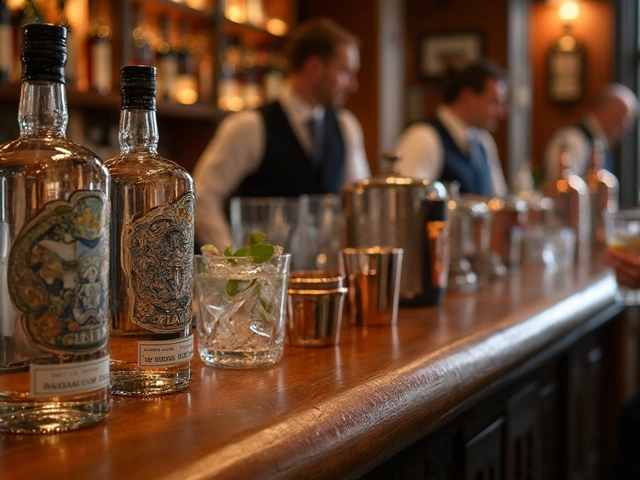Whiskey Nose: Train Your Sense for Better Whisky Tasting
If you ever wondered why some people can name vanilla, oak, or fruit notes after a single sip, the secret is a trained whiskey nose. Your nose picks up volatile compounds that shape flavor, so sharpening it can turn a casual drink into a full‑on experience. Below are practical steps you can start using tonight, no fancy lab required.
Start Simple: Identify the Basics
Grab a glass of your favorite whisky and give it a quick swirl. That first whiff is the most powerful because it hits the olfactory receptors before the alcohol burns your palate. Try to pick out one or two dominant scents – think “sweet caramel,” “smoky peat,” or “spicy pepper.” Write them down. Repeating this with a few different drams trains your brain to recognize patterns.
Don’t overthink it. If you can’t name a scent, compare it to something you already know. Does it remind you of fresh apples, toasted bread, or a leather sofa? Those everyday anchors become the vocabulary you’ll use later when describing more complex whiskies.
Boost the Nose with Food and Environment
What you eat before a tasting can either sharpen or dull your sense. Light, neutral foods like crackers, plain cheese, or a small piece of bread clean the palate without leaving strong flavors behind. Avoid strong cheeses, garlic, or spicy dishes right before you sniff – they’ll mask the whisky’s delicate notes.
Another tip: sit in a well‑ventilated room with neutral smells. A kitchen full of garlic or a perfume shop will confuse your nose. If you can, taste in a quiet space where you can focus on the aroma without distractions.
For a quick nose‑work exercise, keep a small tray of common aroma items nearby – orange peel, coffee beans, toasted almonds, and a dab of vanilla extract. Smell each item, then return to your whisky and see if any match. This “smell‑check” routine builds a mental library of aromas you’ll pull from later.
Remember, training your whiskey nose is a marathon, not a sprint. Spend a few minutes each week with a new dram, note the smells, and compare them to past entries. Over time you’ll notice subtle hints – like a hint of dried fruit in a bourbon or a whisper of sea salt in a coastal Scotch – that most beginners miss. Keep the notes handy; they’ll become a personal whisky guide you can reference whenever you pick up a new bottle.
Finally, share your findings. Talking about what you smell with friends or online communities reinforces the learning and often introduces you to aromas you didn’t catch. The more you discuss, the sharper your nose becomes.
So grab a glass, clear your palate, and start sniffing. A trained whiskey nose not only elevates your tasting game, it turns every pour into a story you can tell with confidence.
A whiskey nose isn't about the alcohol on your breath; it's the art of appreciating whisky through its aromas before tasting. Mastering this skill can transform the way you experience your drink. Discover how different aromas indicate various flavor profiles and how practicing your nosing technique enhances your overall whisky enjoyment. This guide explores the significance of a whiskey nose and offers practical tips to improve your technique.
View Details

